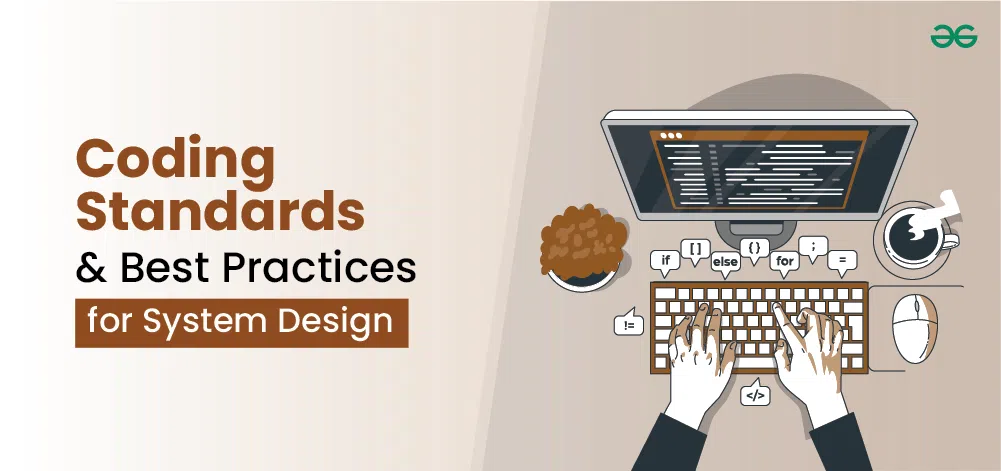Coding Standards: Painful
24 Jun 2025
What is a Coding Standard?
Coding standards are a big part of software engineering because they’re like the sentence structure of your code. Beyond just formatting consistency, which is an important aspect for readability, comprehensive coding standards also include:
1. Naming Conventions: Clear and consistent naming for variables, functions, classes, and files improves code comprehension.
Example: sumOfEverything() is better than sOF().
2. Documentation: Standards for inline comments, docstrings, and external documentation ensure maintainability.
3. Performance Considerations: Using best practices for writing more efficient code.
My First Week with ESLint
My first week with ESLint integrated into VSCode was neither terrible nor good. There were so many errors I had to fix regarding spacing and new lines. The sheer volume of errors felt like a barrier to my productivity, demanding constant tiny adjustments and breaking my flow of thought. There were also moments of frustration every time I saw the red underline on my code.
function something (G) {
blah // error (tab space)
}
function something (G) {
blah // no error (double space)
}
This was true for most of my code, and I had to make sure I didn’t press the tab key after creating every function. Additionally, there were instances where I couldn’t leave trailing spaces, which was annoying.
Conclusion
Overall, coding standards might be hard and annoying to fix at first, but then my code started to look uniform, making it easier to scan and understand what I had written. Additionally, by using best practices, I naturally adopted better patterns; for instance, instead of var, I began using const or let, which is a significant practice in TypeScript.